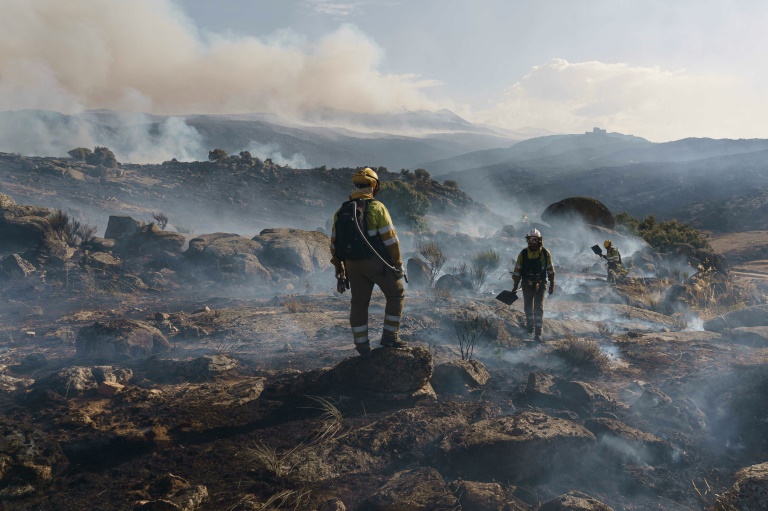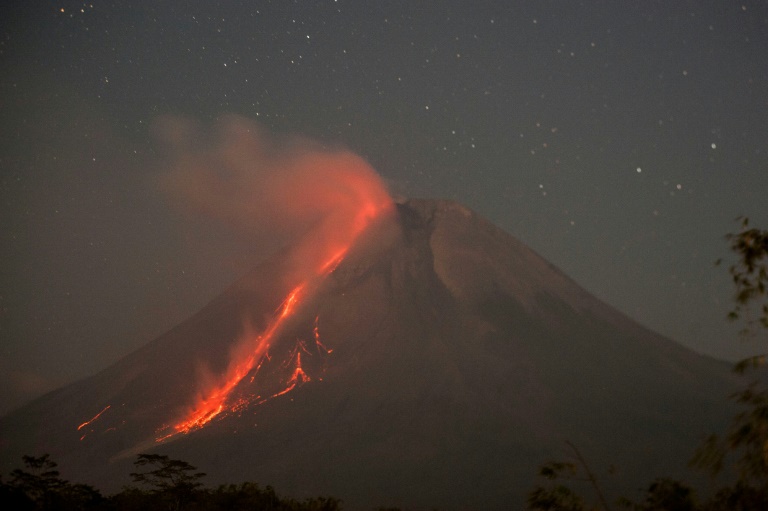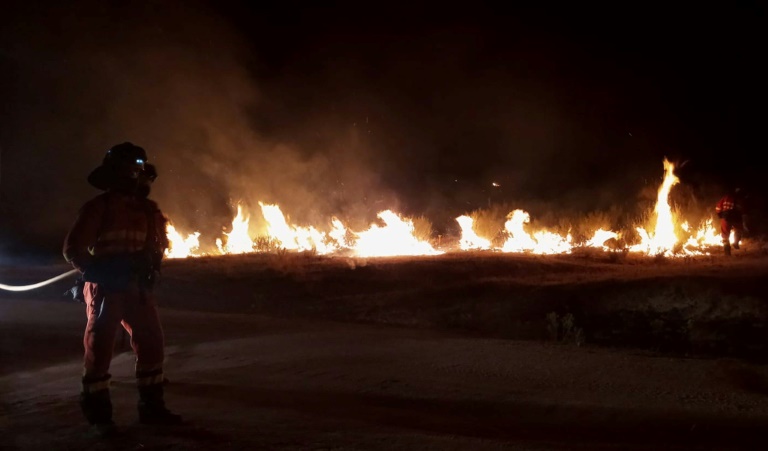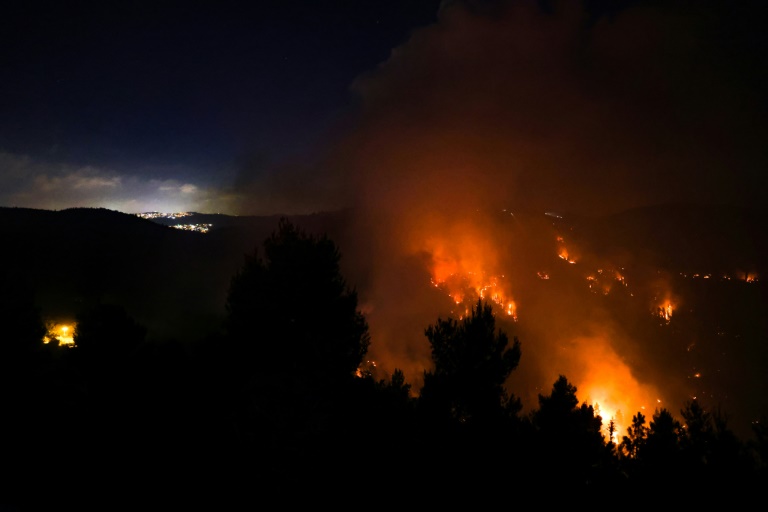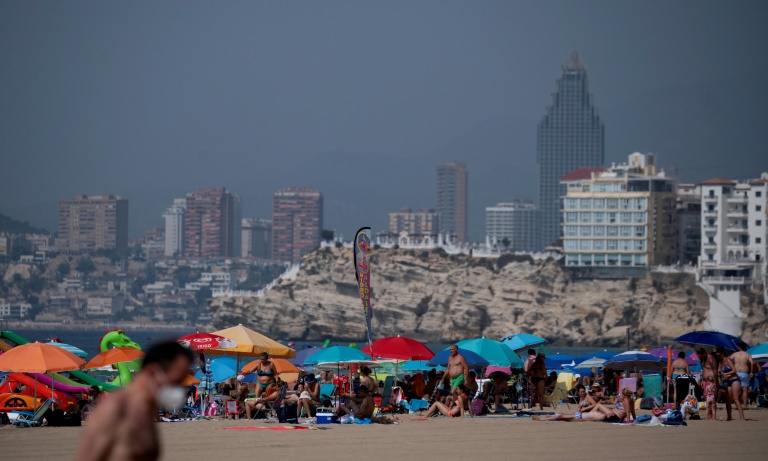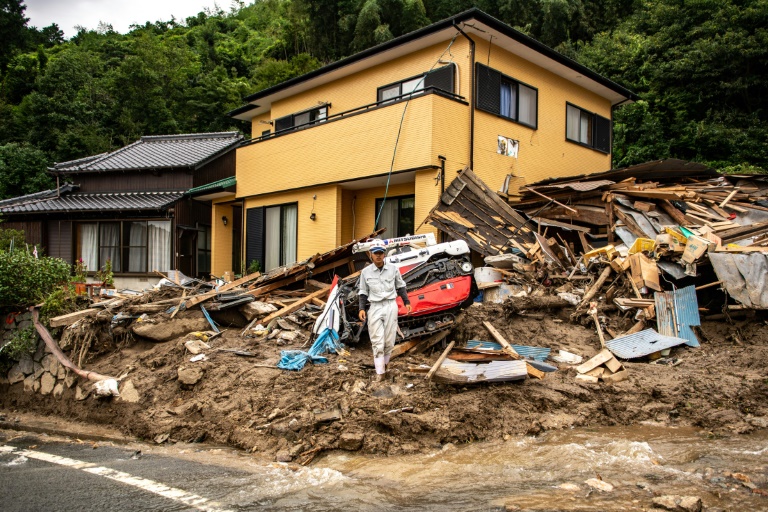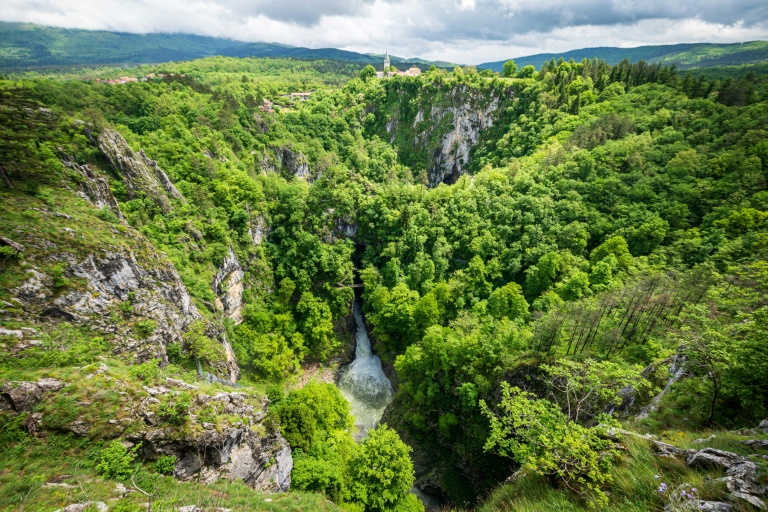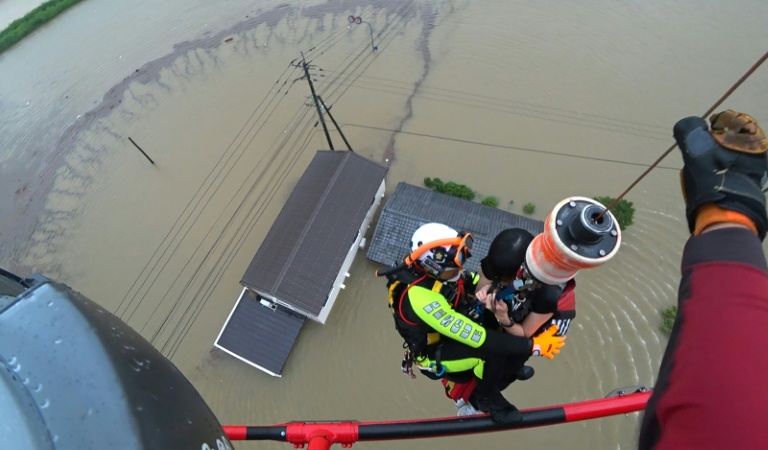Firefighters gain on Spanish blaze as heatwave eases
Firefighters gained ground Monday against a wildfire in central Spain that forced hundreds from their homes, as their colleagues across the border battled a blaze in southern Portugal.
The Spanish teams were helped by falling winds and an easing of what may well be a record-setting heatwave.
But the two Mediterranean countries were only the latest in Europe to face extreme weather and fierce fires, which climate scientists warn will become increasingly common because of manmade global warming.
In Spain, nearly 1,000 firefighters backed by 15 water-dropping aircraft have been battling a blaze burning since Saturday morning in Avila province, that at one point was fed by winds of up to 70 kilometres an hour (54 miles per hour).
Monday’s weaker winds gave them some respite however. Crews achieved “a certain control” of the fire’s perimeter, said Juan Carlos Saurez-Quinones, environment minister of the regional government of Castilla y Leon region.
If the improved weather conditions continued, firefighters should be able to stabilise the blaze on Monday, he told journalists.
The wildfire has so far destroyed 12,000 hectares (30,000 acres) of land and forced the evacuation over the weekend of nearly 1,000 people from several nearby towns and villages.
Spain has been in the grip of a heatwave since Wednesday which has sparked several fires, as the state meteorological agency (AEMET) recorded what appeared to be record temperatures.
Their provisional data registered a peak of 47.4 degrees Celsius (117.3 Fahrenheit) at around 5:00 pm (1500 GMT) Saturday in the southern city of Cordoba. That is a tenth of a degree higher than the last record, also recorded there, in July 2017.
The heatwave was due to end Monday with the arrival of lower temperatures in all of Spain, except in the southernmost part of the southern region of Andalusia, said AEMET spokesman Ruben del Campo.
The risk of fires nevertheless remained high across the country because “after several days of heatwave the vegetation has dried up more”, he told reporters.
In neighbouring Portugal some 200 firefighters were battling a blaze near Castro Marim in the southern province of Algarve, a European tourism hotspot, local officials said Monday.
European countries such as Greece and Turkey have already experienced heatwaves and devastating wildfires this summer.

